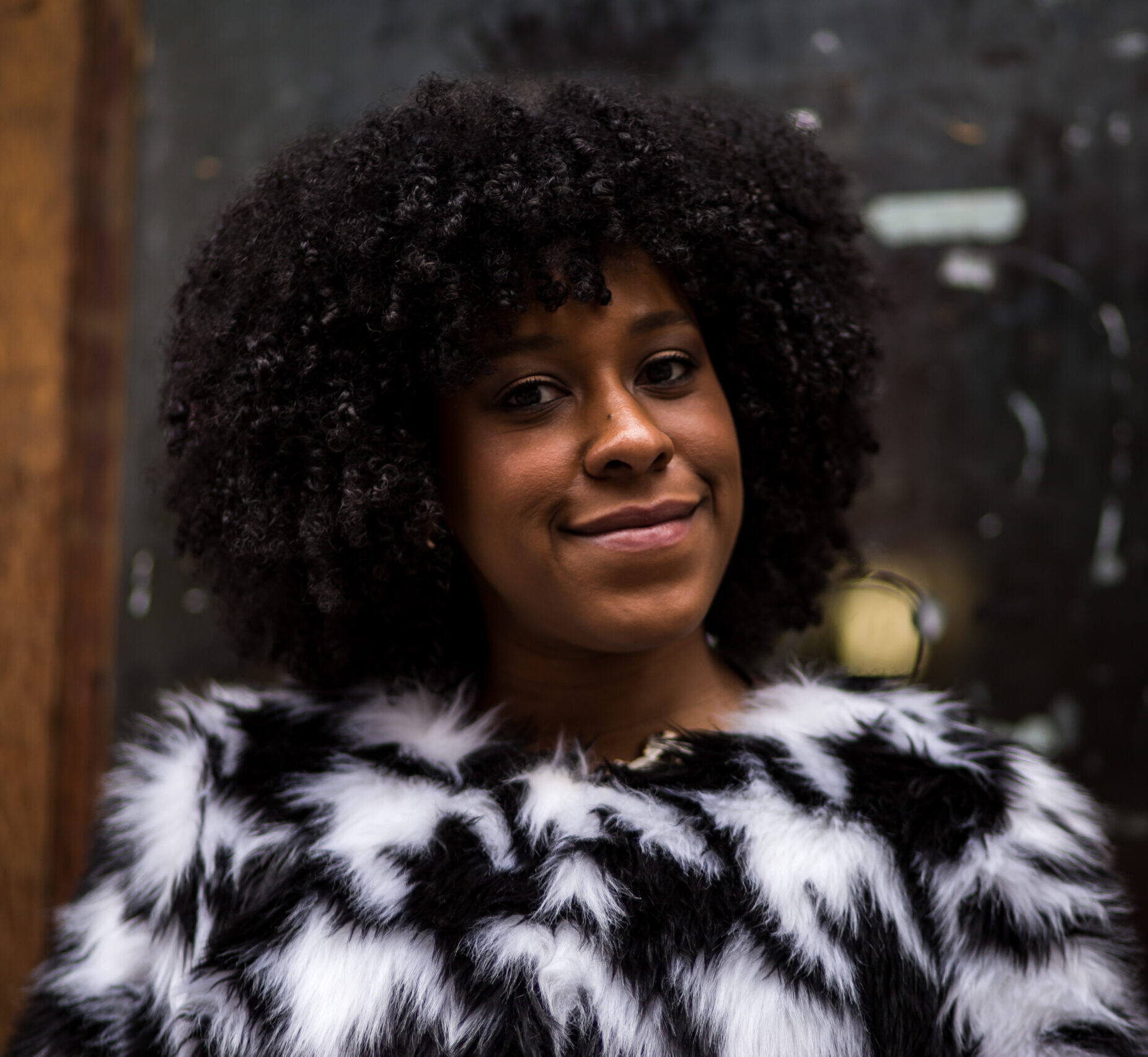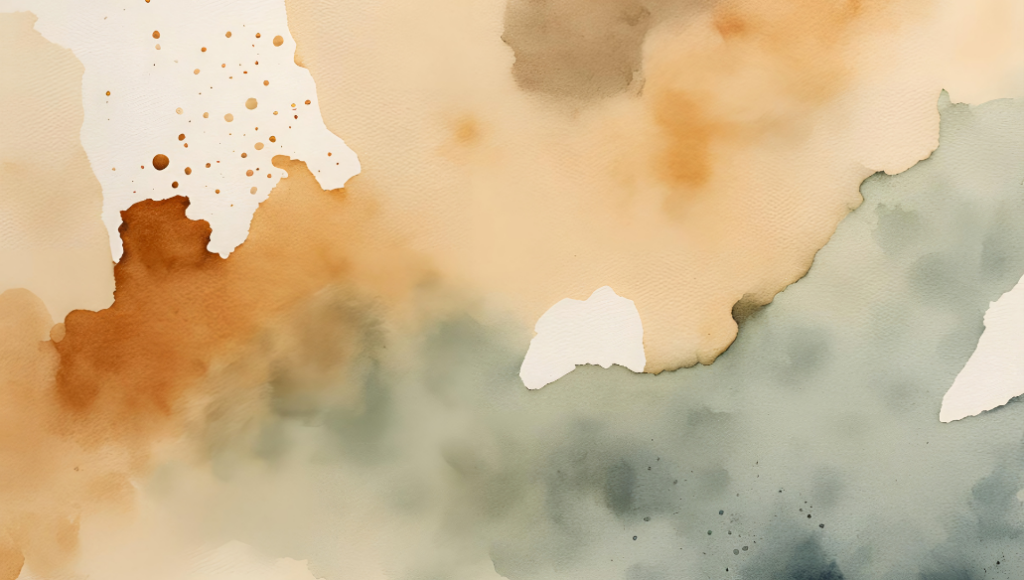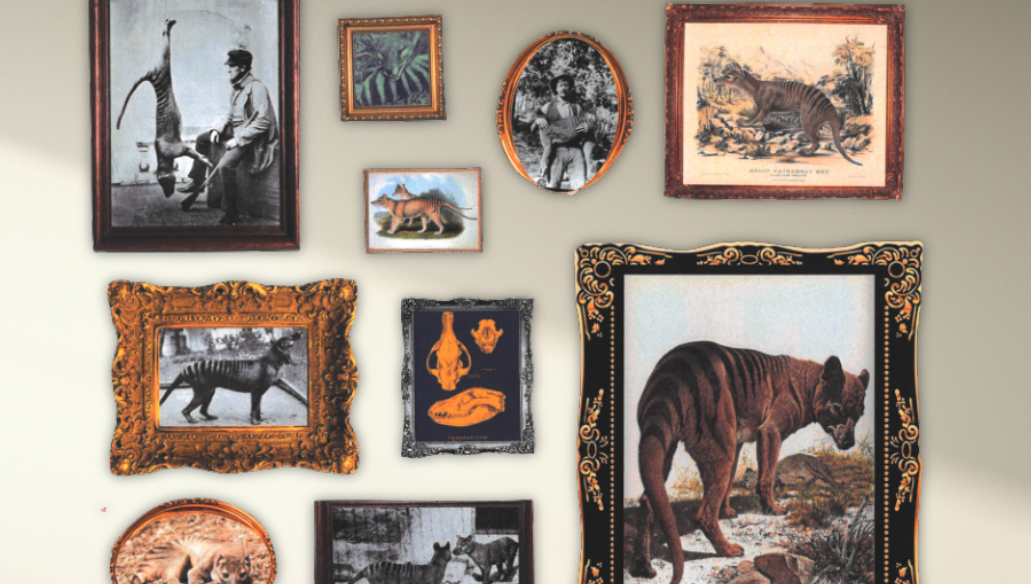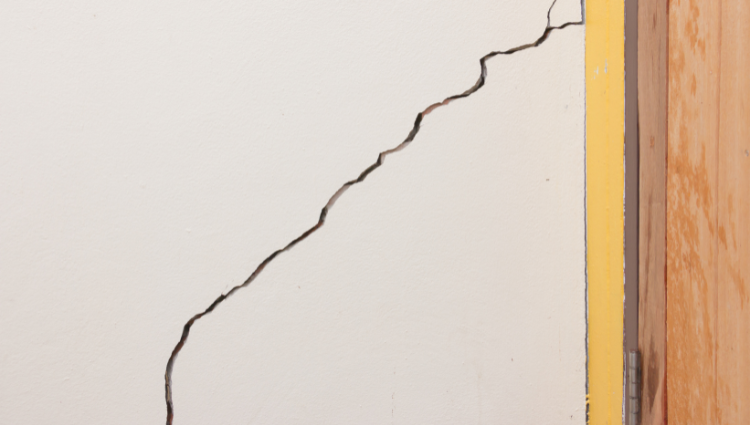Editorial Note: Jenika McCrayer was a finalist for our Editors-in-Chief position for our 2025 Community Anthologies. We invited our finalists to write a short piece on the topic of their proposed anthology. Below, get insight into “On Rage,” the anthology topic that Jenika had proposed for her Community Anthology.
I have been nurturing my anger. Sounds strange, doesn’t it? But allowing myself to hold my anger has helped me to see my life and relationships more clearly. I’ve come to understand that my rage is inseparable from how deeply I love.
I can’t escape my triggers — none of us can! It’s on the news on a 24-hour loop. But I feel clarity when I acknowledge what pisses me off.
I know I’m not alone in feeling that the last few years have been hard, but I have just been seething with this societal backslide into our daily routines of overwork, overconsumption, and denial. We are all drowning in little treats to distract ourselves from the pain and genocide we are confronted with daily. We’re all being told to think less, to shrink ourselves with Ozempic, and to consume more as a means to buy our way into the rapidly disappearing middle class. I’m angry that I am becoming more isolated and disconnected from my loved ones and communities as social media devolves into endless QVC-esque videos. I’m tired of going to work on crumbling transit while ICE floods our communities and gender expression becomes a national debate. I rage from when I wake up until I fall into a restless sleep. My dreams are often drenched in red light.
We’re all carrying rage, especially women. It’s heavy. I’ve found that it’s so easy to be consumed by it and let it dictate our days without even acknowledging that it exists. In fact, rage will consume us if we don’t face it.
Earlier this year, I held my first of hopefully many creative writing workshops called Righteous Rage. I selfishly developed this workshop because I needed an outlet for my own rage that has been building for some time. I read and incorporated many aspects of Rage Becomes Her by Soraya Chemaly into my workshop. Chemaly encourages women and other marginalized genders to see their rage as justified when expressed in a meaningful way. She also challenges the reader to become aware of how their anger manifests in their body and relationships.
As I developed the curriculum, I kept returning to this passage:
“I had a headache that lasted for years. It was there when I opened my eyes in the morning and there when I went to sleep at night. Some days my face hurt so much when I woke up that I could barely move my jaw or facial muscles. I got used to this pain being the wallpaper of life. It wasn’t until the day that my husband was seeking relief for a rare headache that I realized the exceptional day, for me, was one when I didn’t have a headache.”
I sat with this for a long time. It eventually became a writing prompt for my students:
“I got used to ______ being the wallpaper of life.”
When I allowed myself to answer the prompt truthfully, I realized that I got used to my rage and grief being the wallpaper of my life.
We are all conditioned to treat our anger like a problem that needs to be dealt with, when in actuality, it is the solution. Anger is an effective emotional tool; it is the necessary “data” we collect when we experience injustice or betrayal. How many movements were sparked when we were fed up with the status quo? How many times do queer people have to remind you that Pride was a riot? How many times do Black activists have to remind you that the very peaceful and respectful Martin Luther King Jr. spent time in jail for fighting for liberation — even in a suit?
I’m sure we’ve all heard that rage is a secondary emotion, and while that’s true, the adage doesn’t really land with marginalized genders. As someone constantly labeled as an Angry Black Woman, I know how easily our anger can become “threatening” or dismissed as a “secondary” emotion masking a more palatable emotion, like sadness. Sadness seems easier to fix with little treats, after all!
While it is true that other emotions may lurk beneath our anger, I find that it is necessary for historically marginalized groups to explore their justifiable anger without fear of judgment or dismissal. Our anger is a sign. That rage you feel is your intuition telling you that something is wrong and that you are not safe. Of course, those that benefit from the status quo of unchecked annihilation don’t want us to speak about our anger — that would hurt their profit margins.
But we must remember that our rage protects us. I rage because I’m tired of being oppressed and unheard. I rage because I believe we can build something better from the ashes of this sick world after we burn it all down. And as long as my heart still beats full of love, I will rage.




